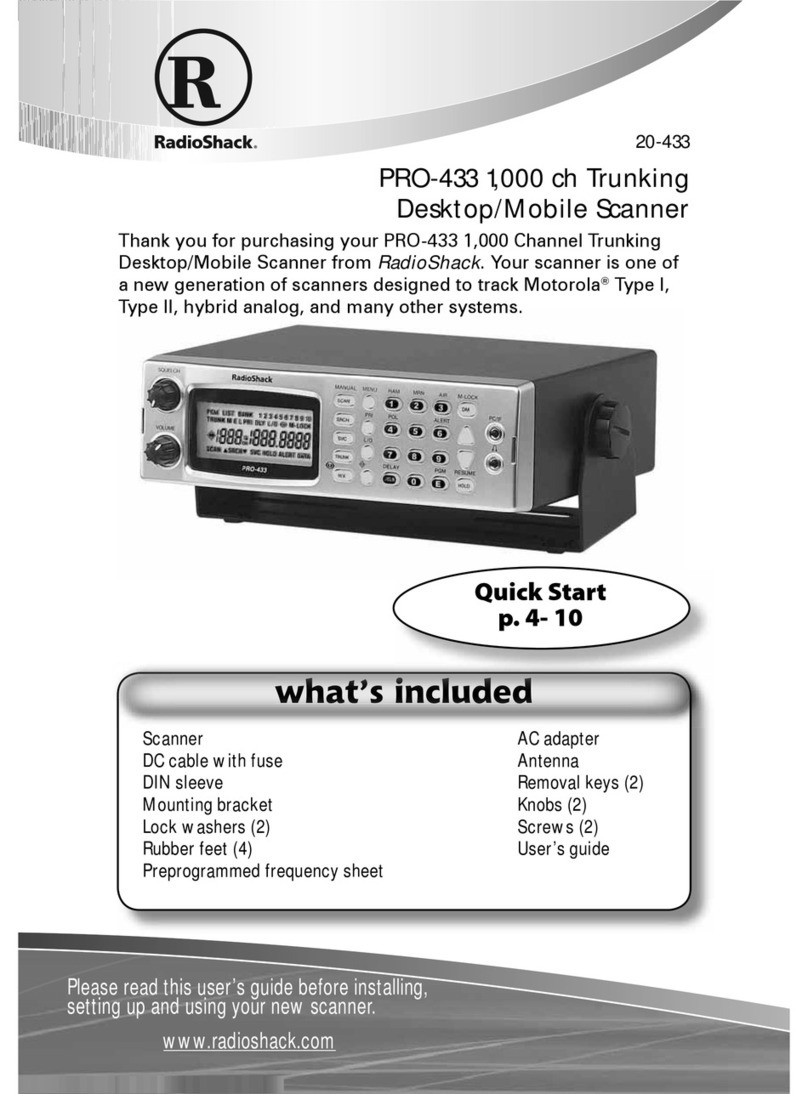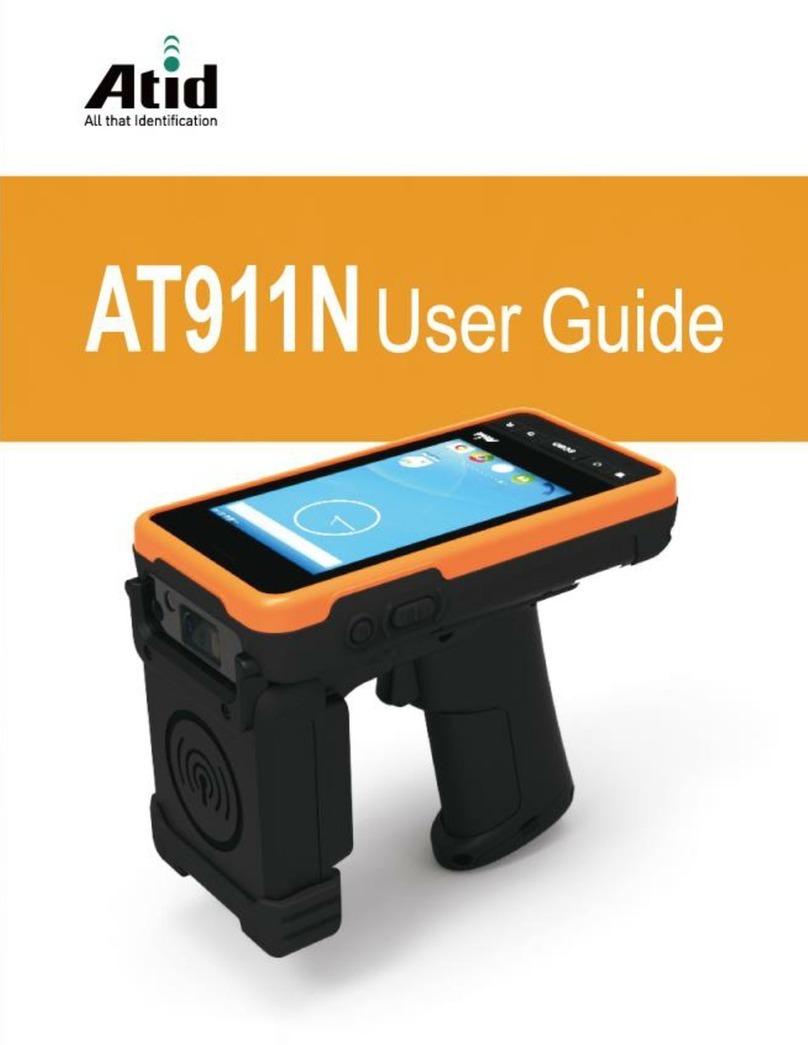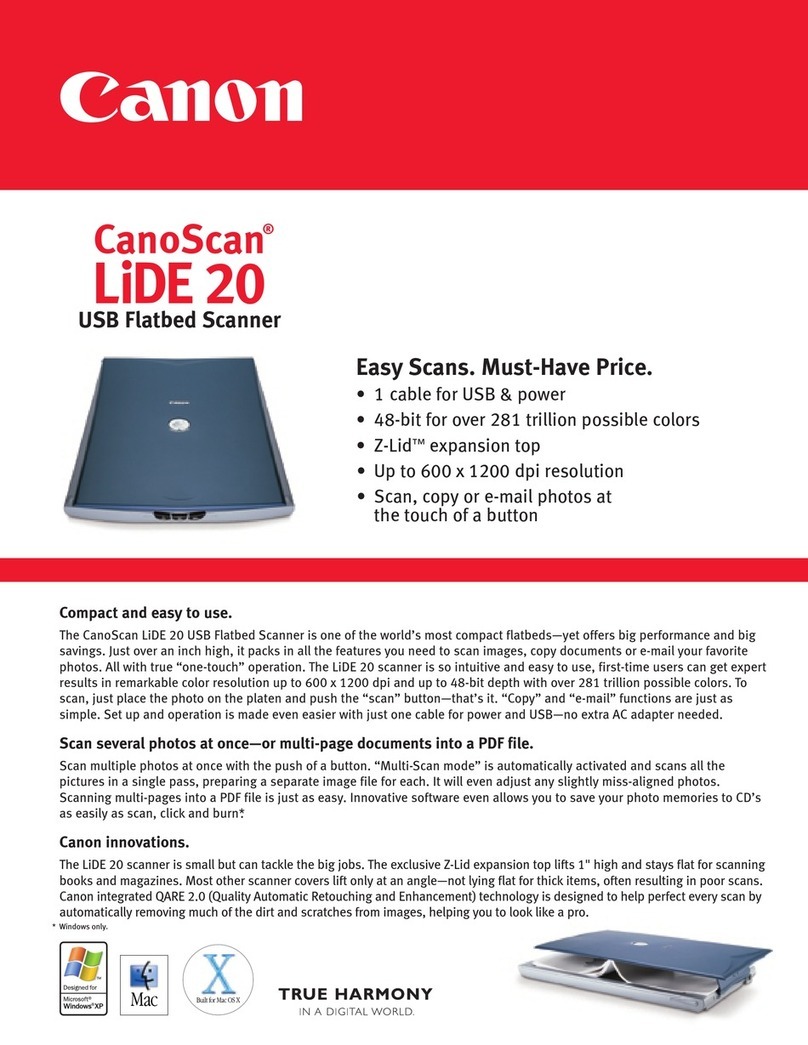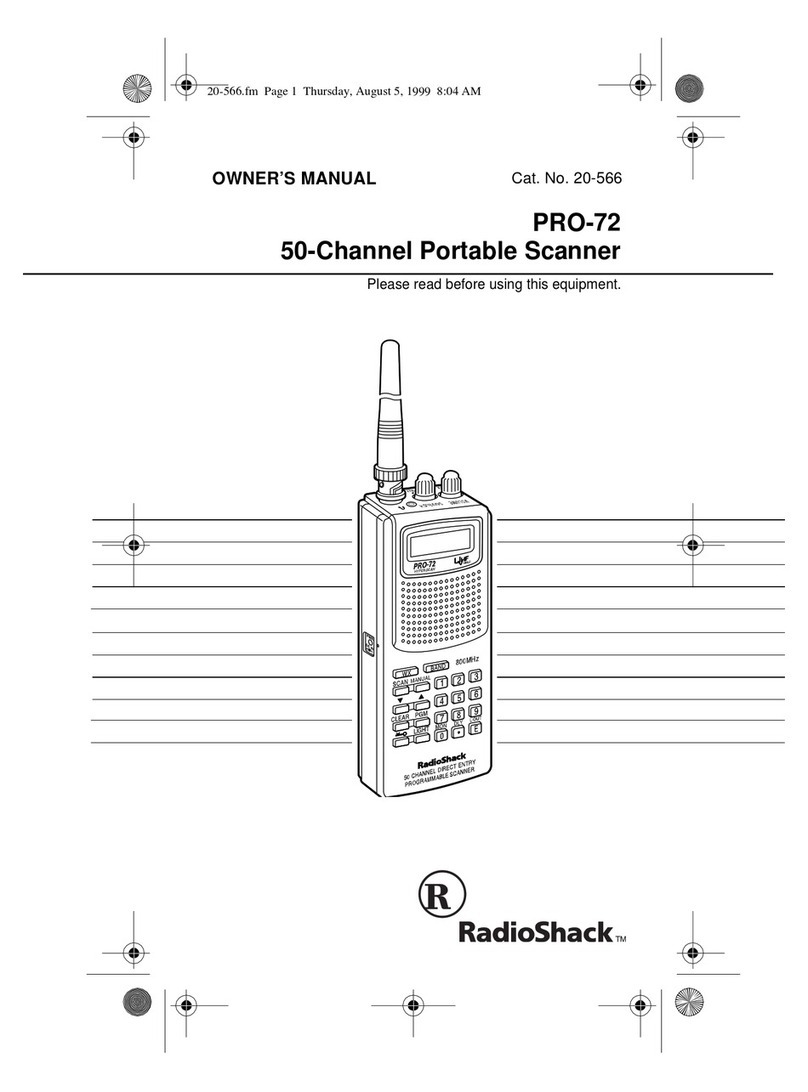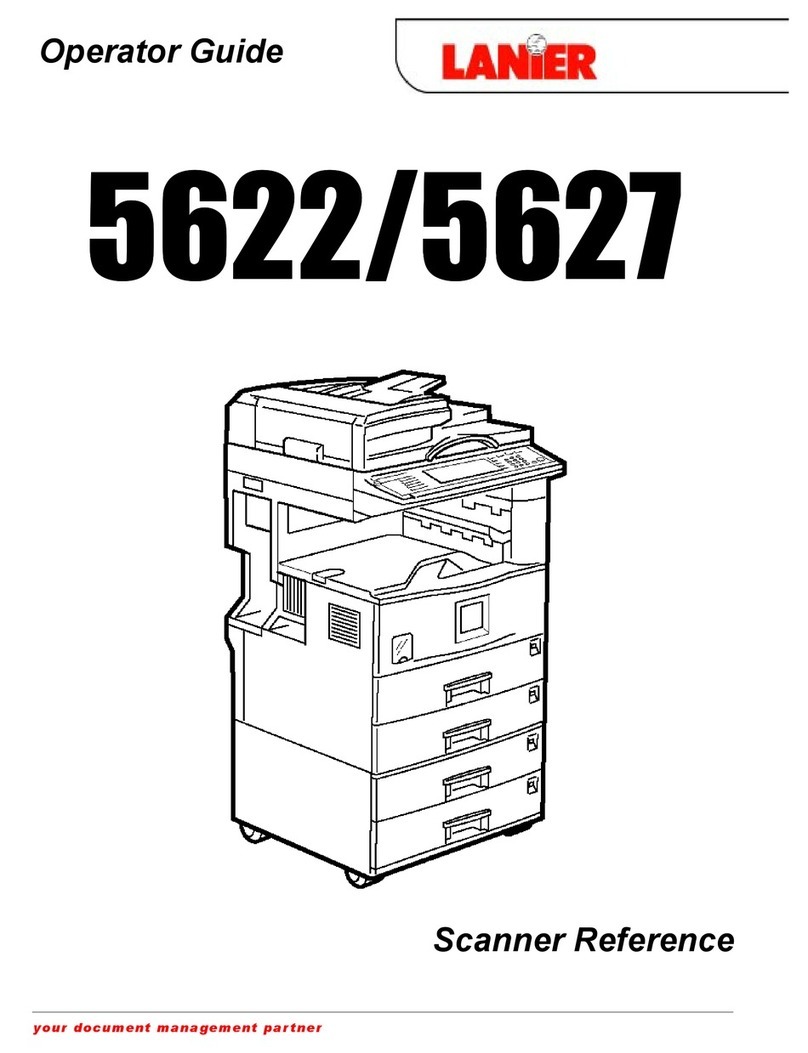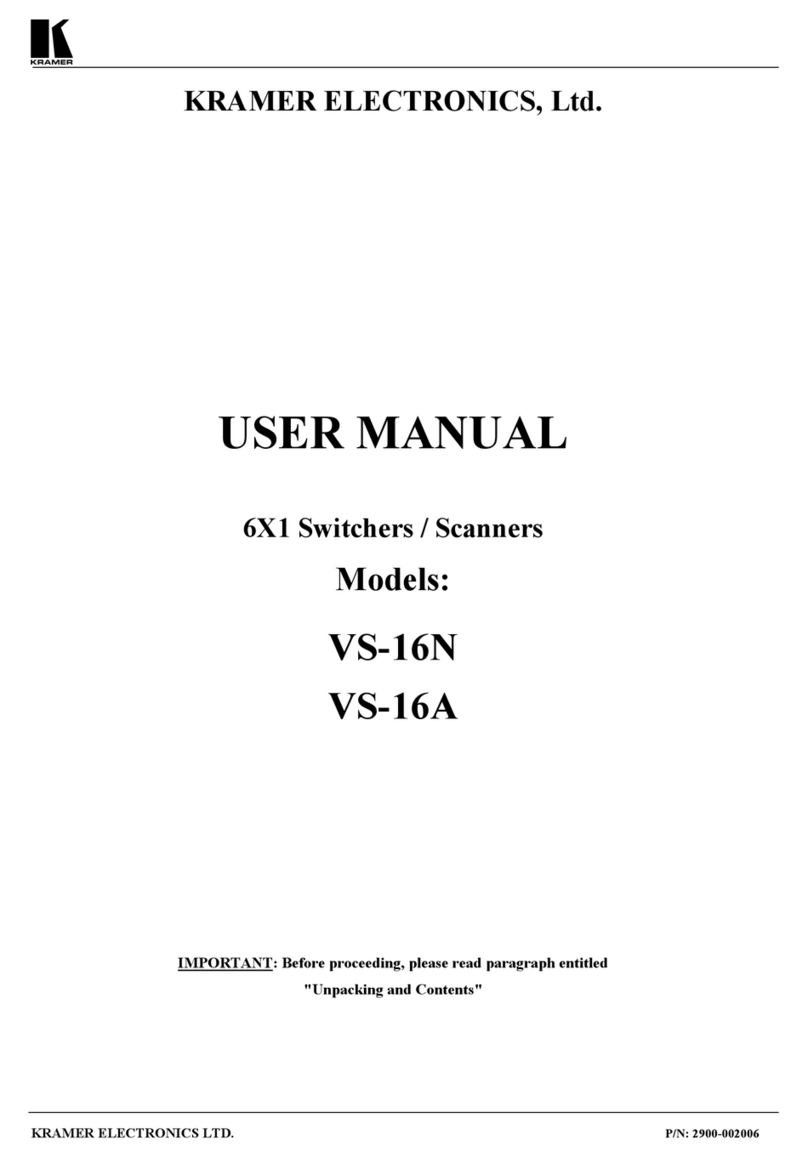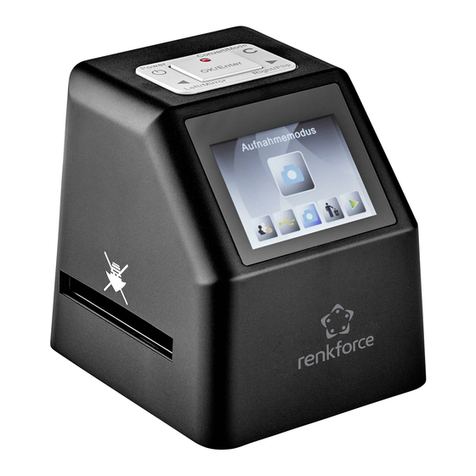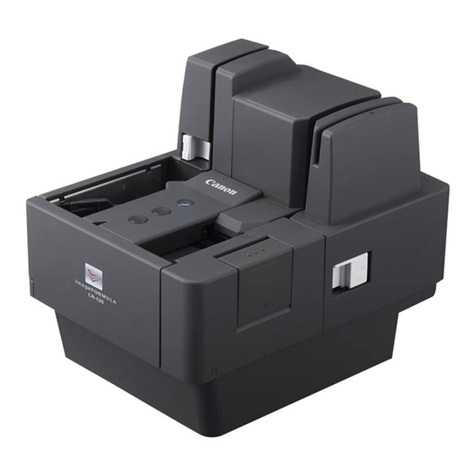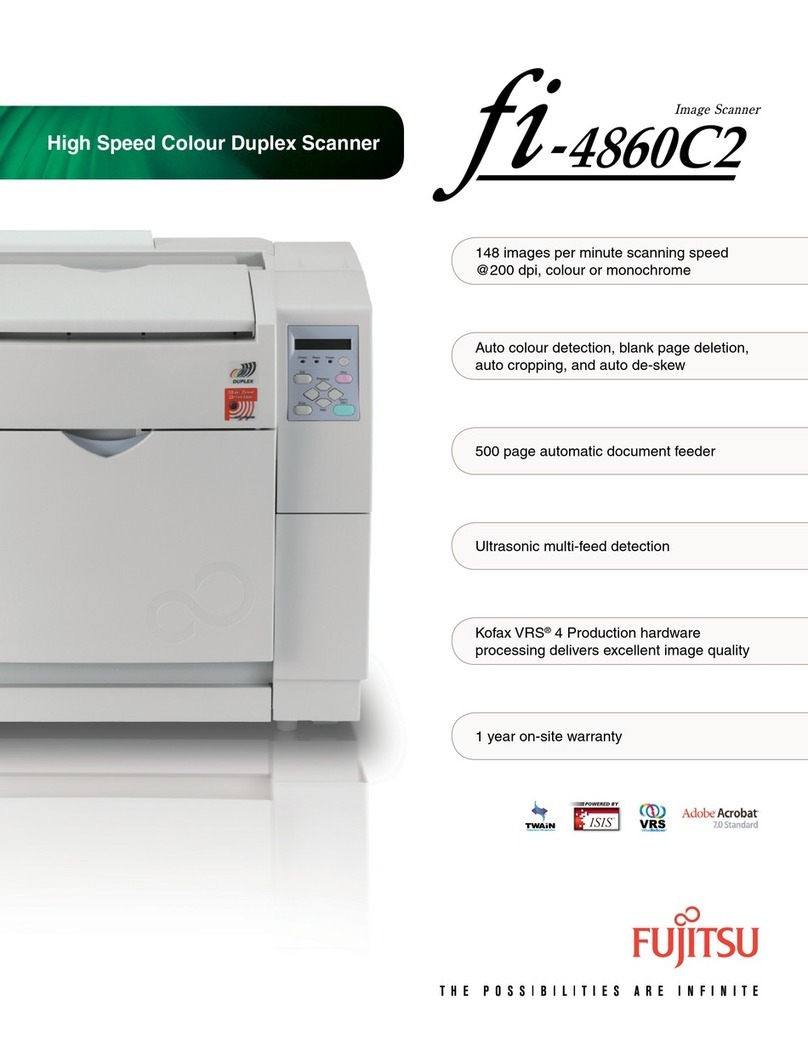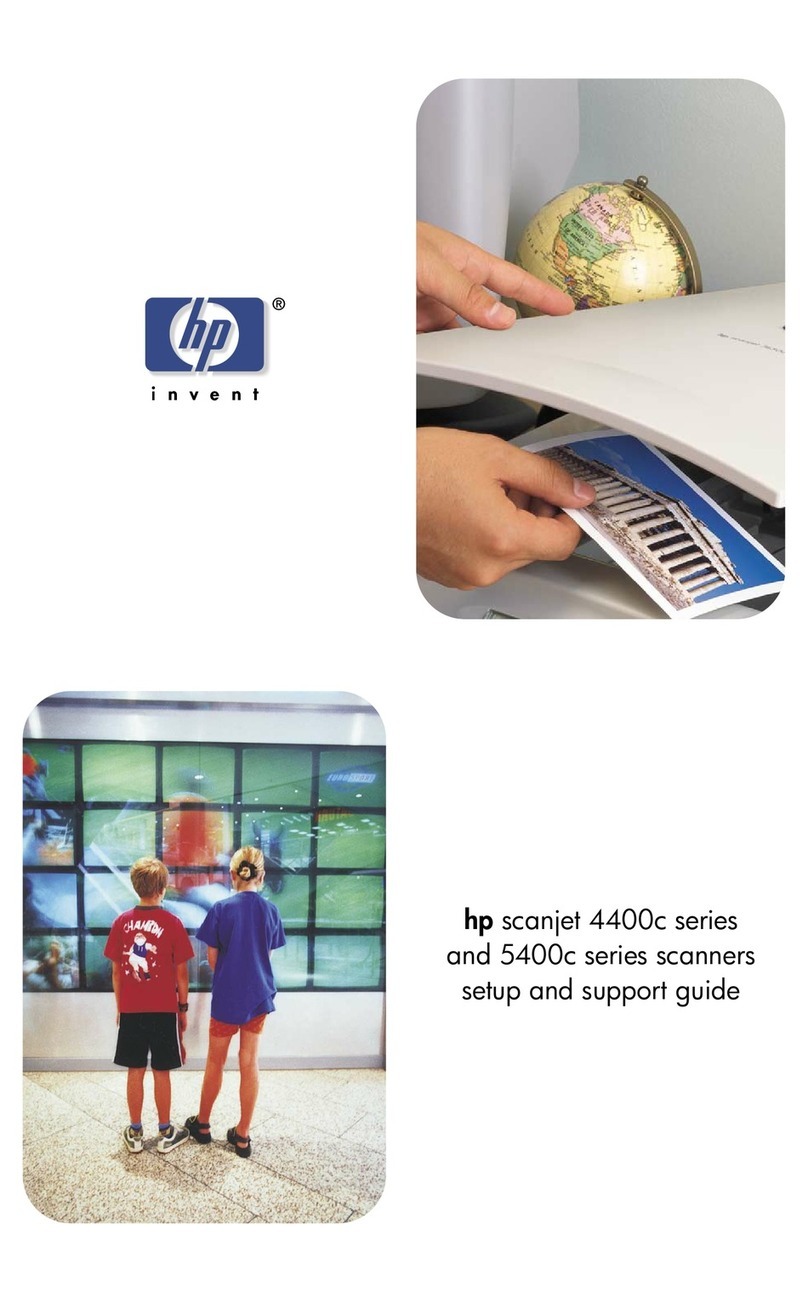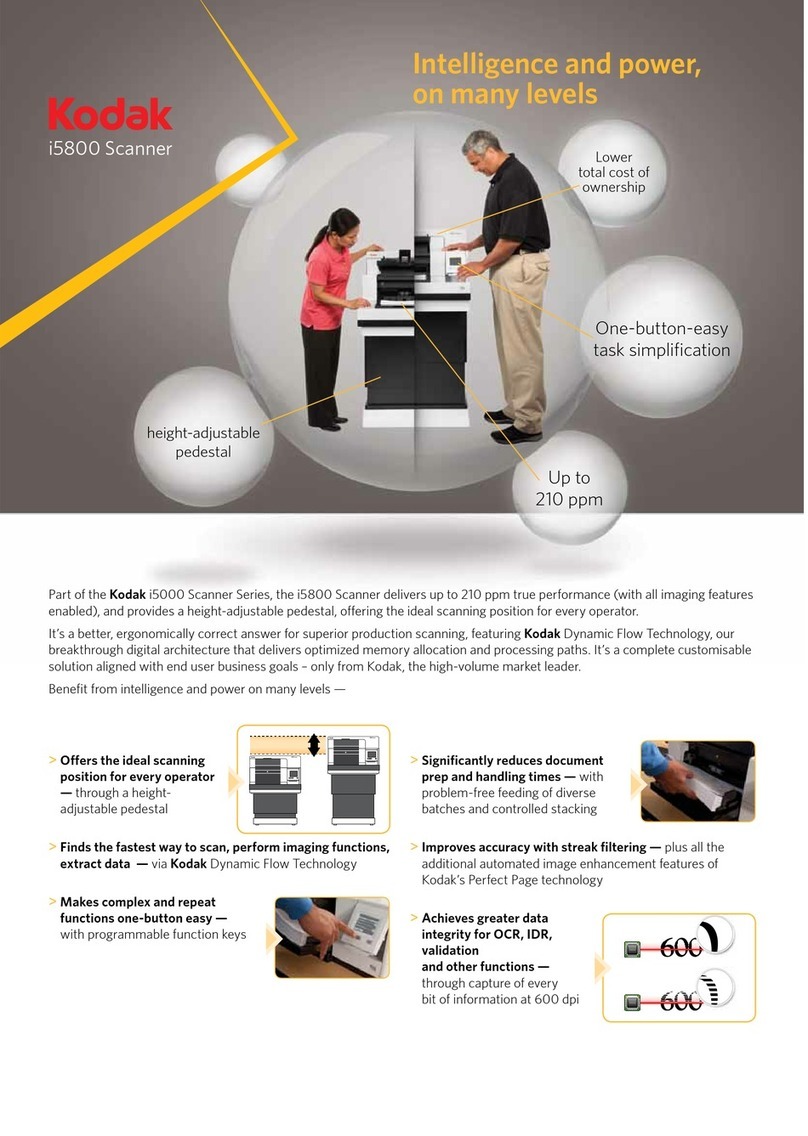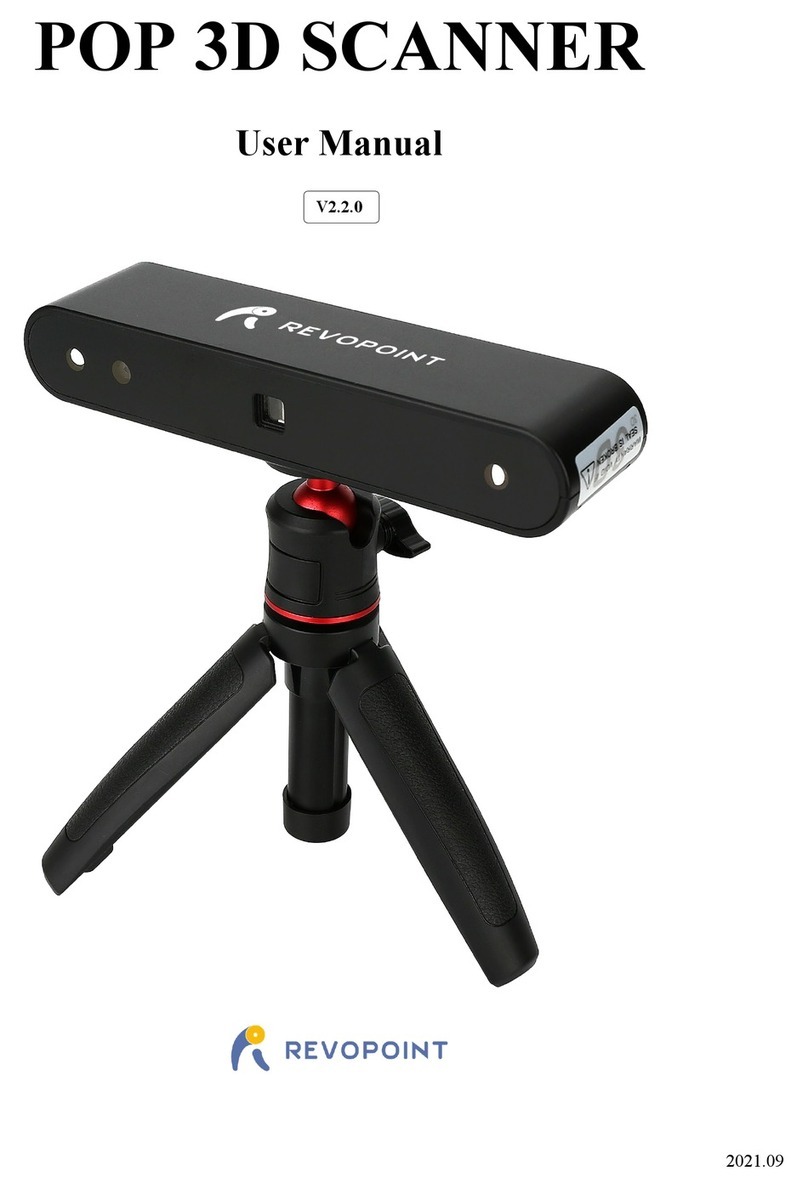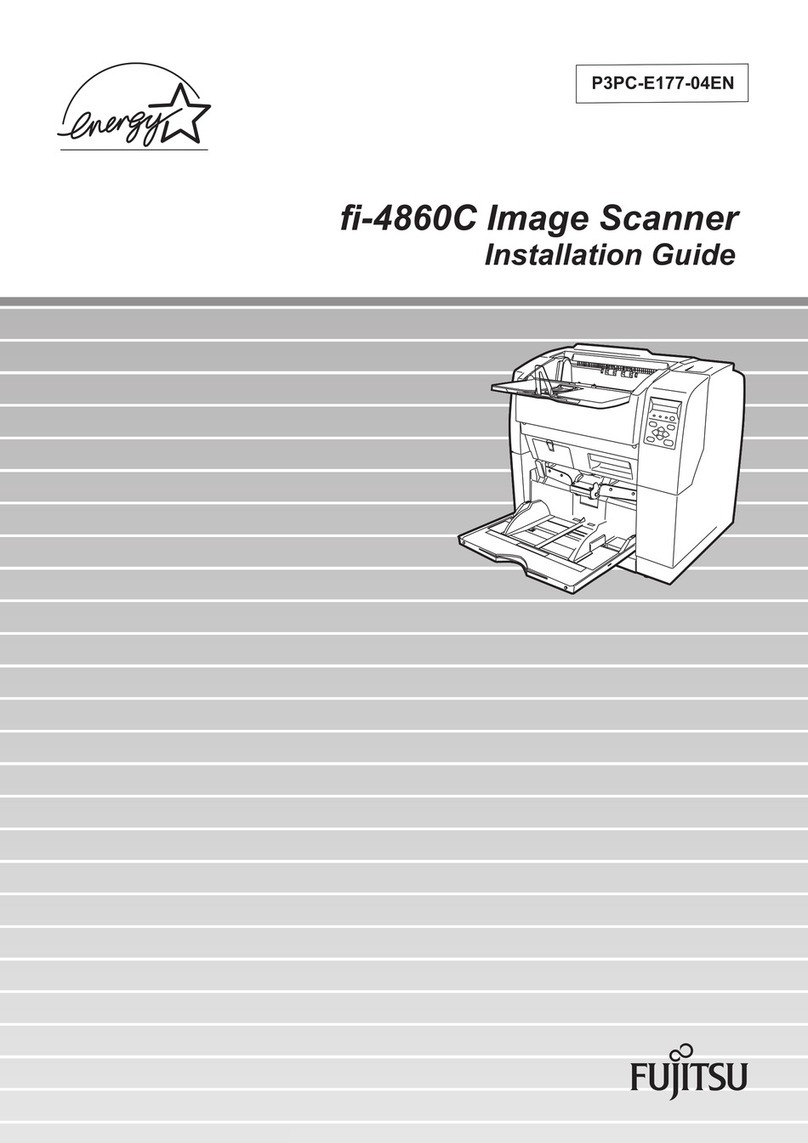Opticon 25-WEDGE-06A User manual
Other Opticon Scanner manuals
Opticon
Opticon OPC-3301n User manual
Opticon
Opticon OPN2005 User manual
Opticon
Opticon F-100 SR User manual
Opticon
Opticon OPN2002 User manual
Opticon
Opticon OPN 2001 User manual
Opticon
Opticon OPT-6125 Series User manual
Opticon
Opticon NLV-5201 User manual
Opticon
Opticon OPN2002 User manual
Opticon
Opticon 25-ULGPMU01-01 User manual
Opticon
Opticon OPN2002 User manual
Opticon
Opticon DFM 1000 User manual
Opticon
Opticon OPC-3301i User manual
Opticon
Opticon Laser Scanner User manual
Opticon
Opticon LMD 1135 User manual
Opticon
Opticon M-10 User manual
Opticon
Opticon L-46X User manual
Opticon
Opticon RS-3000 User manual
Opticon
Opticon OPI 4002 User manual
Opticon
Opticon M-10 User manual
Opticon
Opticon OPN 2001 User manual
